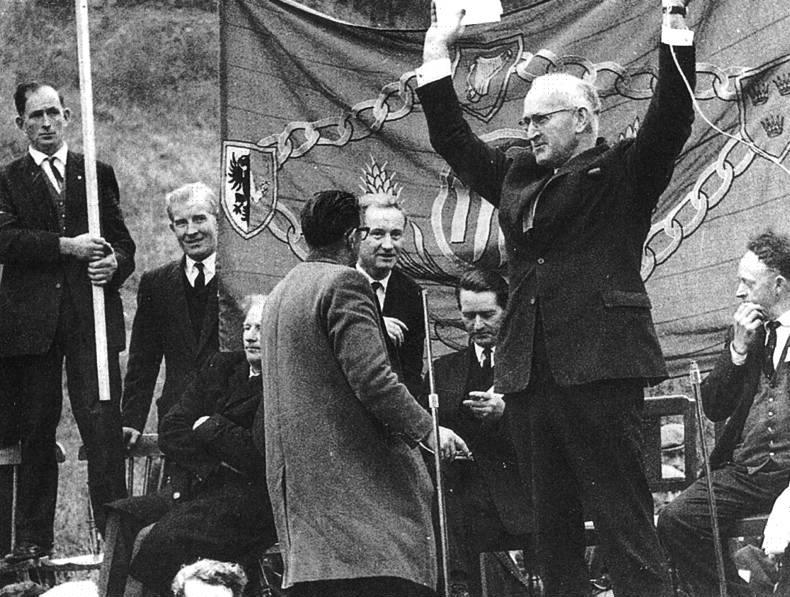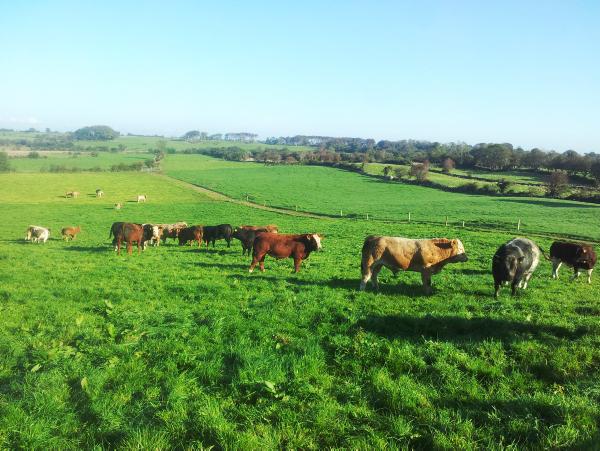I had been conscious during last year, 2016, that both beef and grain prices had reduced but I was unprepared for the final accounts prior to lodging my tax returns to show such a dramatic reduction in profits and such an erosion of my Single Farm Payment.
The core problem in beef, as with dairy farmers, was the drop in selling prices of the finished product, though there was of course an EU scheme to at least partially rescue dairy incomes. With our bull system, we are rearing and finishing two bulls per acre of grass, taking them from weanlings of about 350kg to a finished weight of 740kg, so a little less than 800 kg of liveweight gain per acre per year. I have never worked out just how much of that gain comes from grass with the balance coming from cereals, mostly our own. Analysing the two years 2015 and 2016, it’s clear that the sale price of the finished animal dropped by approximately €150/beast. All the costs stayed roughly the same, some slightly increased. The net result was a collapse in profitability in beef production. While weanling prices declined slightly, this was accompanied by a drop in quality leading to an increase in finishing time, extra cereal intake and further depressing profits or extending losses. Coupled with that, cereal prices were also lower in 2016 than in 2015 and the steady erosion of the Single Farm Payment continued.
The physical output of the farm both as regards the quantity of beef and tonnes of cereal produced continued to be good by national standards but the net margin was hammered. We retained the lowest portion of our Single Farm Payment since the very difficult year of 2009. 2017 is looking better on most fronts: fertiliser costs for the 2017 harvest will have been lower and cereal prices will have been somewhat up but the critical cattle margin has probably not recovered as much as is needed to ensure that a sustainable system is in place as the Single Farm Payment continues to be reduced.
From a day-to-day point of view, the last dry and mild week has seen us complete all the winter sowing with only the beans left for the spring. The high soil temperature has encouraged rapid emergence in the winter wheat but I have to admit, the final accounts for 2016 have dented my confidence that our system is economically sustainable into the long term.










SHARING OPTIONS